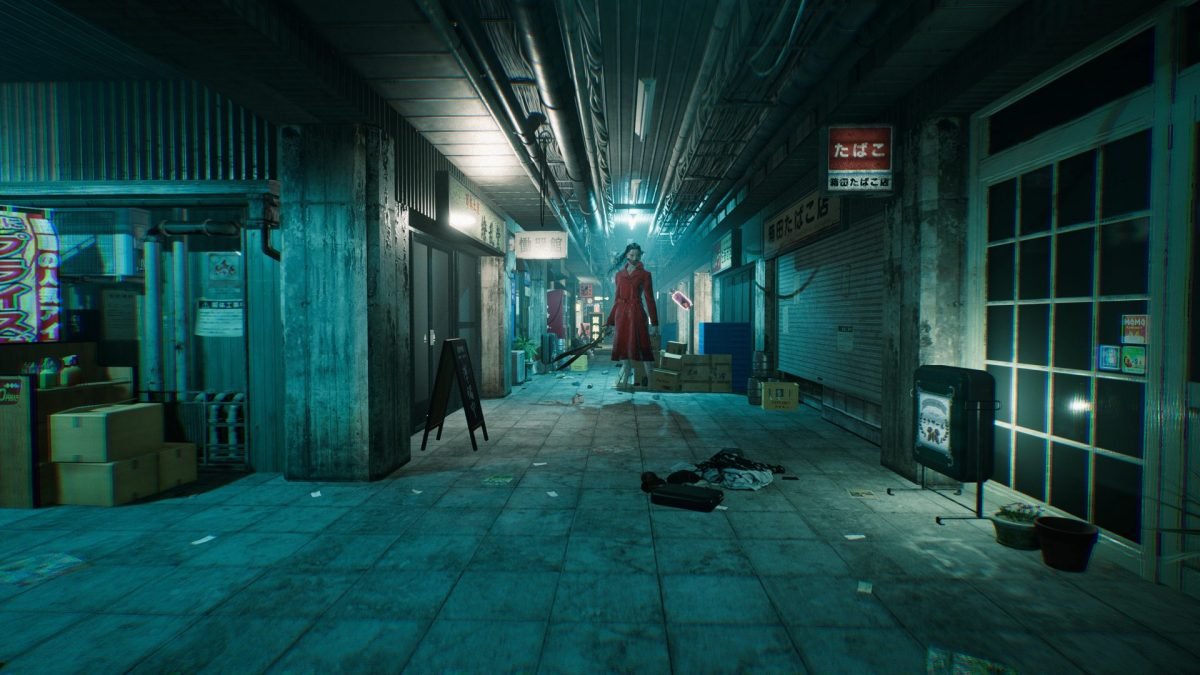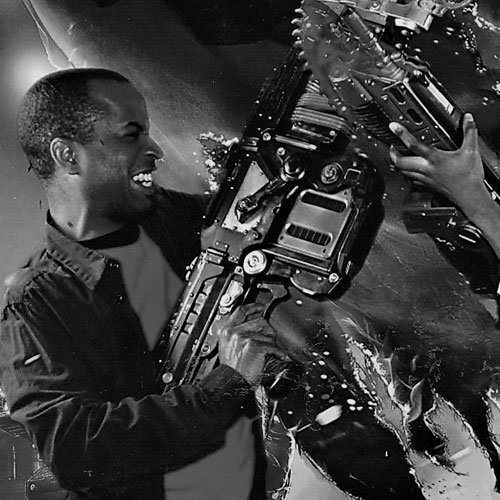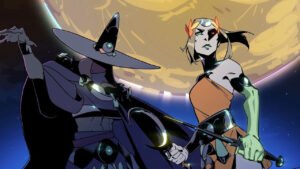Ok, I’ll admit it, Ghostwire: Tokyo has me pretty upset with myself that I don’t own a PS5 right now. This new, highly anticipated game from Shinji Mikami’s studio Tango Gameworks is the second of two, high-profile Bethesda games currently locked to a full year of PS5 post-launch console exclusivity (the second game being Deathloop by Arkane’s Lyon Studio) thanks to a deal brokered between PlayStation and the studio’s parent company, Bethesda, right before the latter company’s acquisition by Microsoft.
Microsoft’s bizarre decision to let the pre-existing arrangement between PlayStation and Bethesda stand despite now owning both IPs means that Xbox gamers like myself will have to endure the bitter taste of Xbox-bankrolled games being dangled alongside all the other Sony-exclusive carrots over on the PlayStation side of the fence for at least a year after each game’s respective release, and we don’t even have a firm launch date for Ghostwire: Tokyo aside from a vague “Spring 2022” placeholder date.
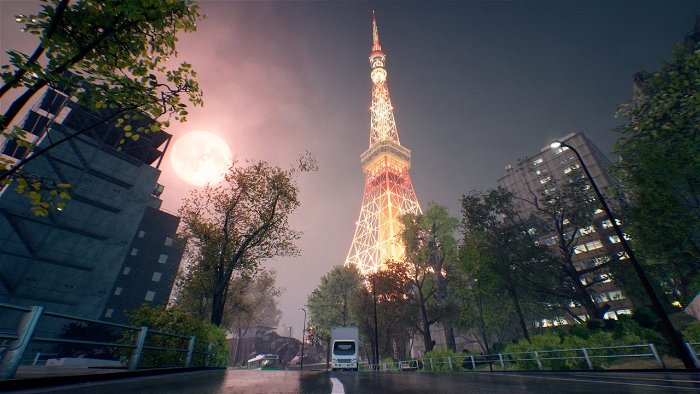
On the bright side, however, late last month I was able to satiate my curiosity somewhat during a virtual, early hands-off preview event for the PS5 version of Ghostwire: Tokyo, organized by Bethesda. Now, not only do I now have a clearer idea of what to expect from Ghostwire: Tokyo gameplay wise, but, at long last, I also have an inkling as to what’s going on with its story, which, leading up to now, Bethesda and Tango Gameworks have been disturbingly quiet about.
Yes, at this point we’ve seen many a game trailer showcasing a neon-lit, rain-slicked Tokyo devoid of people and overrun with evil spirits personified by faceless Japanese salarymen wielding umbrellas and headless high-school girls, but aside from that, we’ve been given little info on the game’s protagonist, such as his name or where his apparent Japanese exorcism abilities come from.
Now, not only do I now have a clearer idea of what to expect from Ghostwire: Tokyo gameplay wise, but, at long last, I also have an inkling as to what’s going on with its story…
The game’s director Kenji Kimura was on hand (sadly, not live, but rather in an introductory video that preceded the 30-minute gameplay demo) in order to provide some of the context we’ve all been waiting for. Ghostwire: Tokyo’s young protagonist is a man named Akito, who, through circumstances yet unknown to us, has merged with a former “ghost hunter” named “KK” who was murdered and became a spirit himself. Apparently, this fusion is responsible for sparing Akito from disappearing along with all the other human citizens of Tokyo and granting him his supernatural powers, often represented in cutscenes by the black disintegration that appears on the right side of his face.
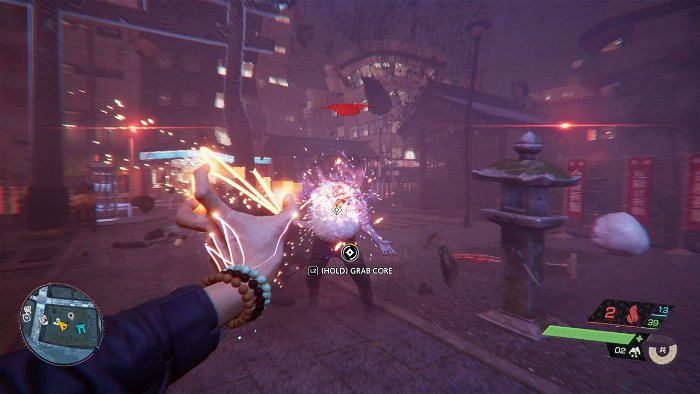
The relationship between KK and Akito is an interesting one that is built primarily on necessity: KK needs Akito’s body in order to interact with the physical world, and while Akito doesn’t quite seem to fully trust KK and his intentions, learning how to harness the ghost hunter’s powers is his only hope to save the life of an ailing member of his family, not to mention the thousands of other souls that have suddenly gone missing in Tokyo. Thus, the fast friendship is a more of a partnership, with Akito fully in charge of KK’s powers and KK acting as both a guide and mysterious backseat driver.
Neither KK nor Akito entirely understands how or why the city’s population has vanished and the demonic “Visitors” now roam the streets, but they do know who is behind it, a Noh mask-wearing mastermind named Hannya and a group of like-minded allies that, for one reason or another, are assisting him in his evil ambitions. Naturally, in order to defeat him, Akito and KK will have to Ghostbuster their way through an army of corrupted spirits and cleanse the city of their presence as well as Hannya and his inner circle.
“Ghostwire: Tokyo’s young protagonist is a man named Akito, who, through circumstances yet unknown to us, has merged with a former “ghost hunter” named “KK” who was murdered and became a spirit himself.”
As one might surmise from the accompanying screenshots as well as just about everything we’ve seen of the game since its reveal, Ghostwire: Tokyo doesn’t play like your typical shooty-stabby game despite its gameplay being exclusively in first person, and that’s saying a lot given that FPS games are a big part of its parent company’s lineage (DOOM, Quake, Wolfenstein, etc.). Rather than predictably dispatching enemies down the barrel of a gun, Akito uses a style of mystical martial arts called “Ethereal Weaving” in which he slashes the air with hand and finger gestures to create powerful signs that damage enemies and repel incoming attacks. Once a foe has been damaged to the point that its spiritual core has been exposed, Akito can then physically yank out said core via a network of ethereal strings and shatter it, dispatching the ghost once and for all. The effect is not completely dissimilar to how the proton packs in Ghostbusters are used to wrangle ghosts into traps, except that the source of the streams are Akito’s fingers, and that the evil spirits are obliterated entirely.

Shinichirō Hara, the animation director for DOOM (2016)’s gruesomely satisfying glory kill system, was brought in to help develop the combat in Ghostwire: Tokyo and the results are intricately animated hand animations that are simply mesmerizing to watch and appear to capture the satisfying visceral sensation of wrestling with and tearing apart the unworldly poltergeists without the over-the-top gore. Hara has gone on record saying that Akito’s gestures are inspired heavily by kuji-kiri, a form of hand gestures used in Shinto and Buddhist religions and often popularized by their use in the martial art of ninjitsu and related entertainment media. Shinichirō’s intent was for these animations to provide a more expressive extension of Akito’s character and personality than what could ever be achieved with guns.
As Akito and KK made their way across the city to the former ghosthunter’s apartment to retrieve a weapon needed for their journey, the journalists in attendance were provided with an intriguing vertical slice of some of the kinds of activities players will get into outside of general combat. Access to parts of the city is blocked by dense fog and glowing Torii gates that must be cleared of surrounding ghosts before they can be cleansed. Once unblocked, players can proceed to the shrine within, where they will often be rewarded with a katashiro, a folded paper doll which Akito can use to rescue the lost human souls he encounters by absorbing them into the ceremonial object.
“Ghostwire: Tokyo doesn’t play like your typical shooty-stabby game despite its gameplay being exclusively in first person”
According to KK, all the souls that Akito manages to capture can ultimately be returned to their human form once Hannya’s scheme has been undone, though an in-game cutscene in which Akito and KK briefly encounter Hannya in what appears to be a dreamscape suggests that it might not be that simple. Lost souls will appear in a variety of situations, such as the aftermath of a battle, or trapped in an ornate cube-like prisons guarded by Visitors that Akito must first defeat before breaking their cage open.

The demo for Ghostwire: Tokyo also showcased different ways in which Akito can gain new powers or enhance existing abilities. One method is by assisting souls that are unable to be freed until tasks or problems that they left undone as humans are completed. Another way is to defeat or assist yokai, which are supernatural entities and/or demons from Japanese folklore, who may ultimately turn out to be friend or foe. In the case of the demo, an example side mission was featured in which Akito and KK must help an elderly spirit that wishes to be reunited with her Zakishi-Warashi, a child-like “house spirit” inhabiting her home that had suddenly disappeared. Once the yokai is found, it rewards him with a new undisclosed ability. During that side mission, it was also heavily suggested that in certain situations, Akito’s simpler hand signs can be performed by tracing patterns on the PS5 DualSense controller’s touchpad or mimicked via motion controls, but other than a sequence in which Akito’s hands clearly trace an on-screen prompt to perform an exorcism seal, nothing that I observed in the demo outright confirmed this.
Near the end of the demo for Ghostwire: Tokyo, we were introduced to advanced grapple mechanics as well as new uses for the Ceremonial Bow that Akito finds at KK’s apartment earlier on. Akito is able to use his ghost-grappling abilities to latch onto flying yokai such as winged Tengu and teleport himself to their location, allowing him to immediately access rooftops from street level and uncover more shrines (yes, this is Japan, you can absolutely have a Shinto shrine on a rooftop!). Meanwhile, the Ceremonial bow isn’t just for shooting random enemies and the Tengu you just rode up on in the face, so you can collect its spirit, you can also use it to activate mechanisms or supernatural triggers that are too far out of reach for Akito to access directly. This is extremely helpful in situations where Hannya or one of his henchmen attempt to capture Akito and KK in an otherworldly trap from which they must escape.
“Near the end of the demo, we were introduced to advanced grapple mechanics as well as new uses for the Ceremonial Bow that Akito finds at KK’s apartment earlier on.”
Finally, Akito can use the Astral Vision ability to enter a sort of “Detective Mode” to sense nearby Visitors and other powerful sources of supernatural energy. The animation used for this ability sees Akito drop spectral energy from his hand like a morning dewdrop. Upon hitting the ground, the drop echoes and ripples across the screen like a skipping stone across the surface of a peaceful Japanese garden pond…it’s extremely cool.
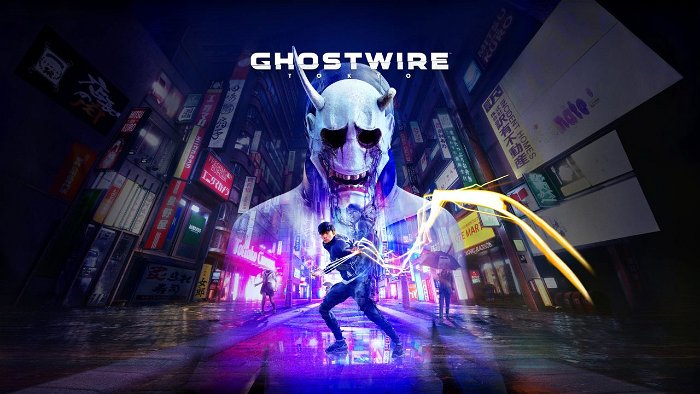
To wrap up, as someone who has actually lived in Japan for a number of years, it’s extremely exciting for me to see a game such as this come from Bethesda (and by extension, Microsoft)’s lone Japan-based studio, because, frankly, with all due respect to the excellent Western-developed Samurai-epic Ghost of Tsushima, I strongly doubt that a Western studio could ever make a game like this. Everything about Ghostwire: Tokyo screams authenticity because it’s a game set in Japan made by people who intrinsically know what it feels like to live and grow up there, and who deeply understand the myriad nuances of Japanese mythology and its connected religions.
While watching this demo, I just “felt” it. The narrow roads and city side streets are true to the real thing and are just the right size. When a Yokai suddenly appears, like a floating, two-tailed Nekomata (Cat yokai) minding an abandoned convenience store in order to sell you items, you will instinctively nod your head and think “yes, this makes sense.” And when you visit a shrine and realize that you can donate money to pray in order to gain valuable intel or a new power, (as demonstrated right at the end of the demo), you quickly gain an understanding about how even some of the most mundane and routine rituals in Japanese life can be some of the most badass when viewed through a creative Japanese lens like that of Director Kimura or famed studio head Shinji Mikami.
It stinks that I probably won’t be able to live out my fantasy of being a Japanese exorcist on my Xbox Series X until sometime in mid-2023, but I have every confidence that Ghostwire: Tokyo will be worth the wait.
